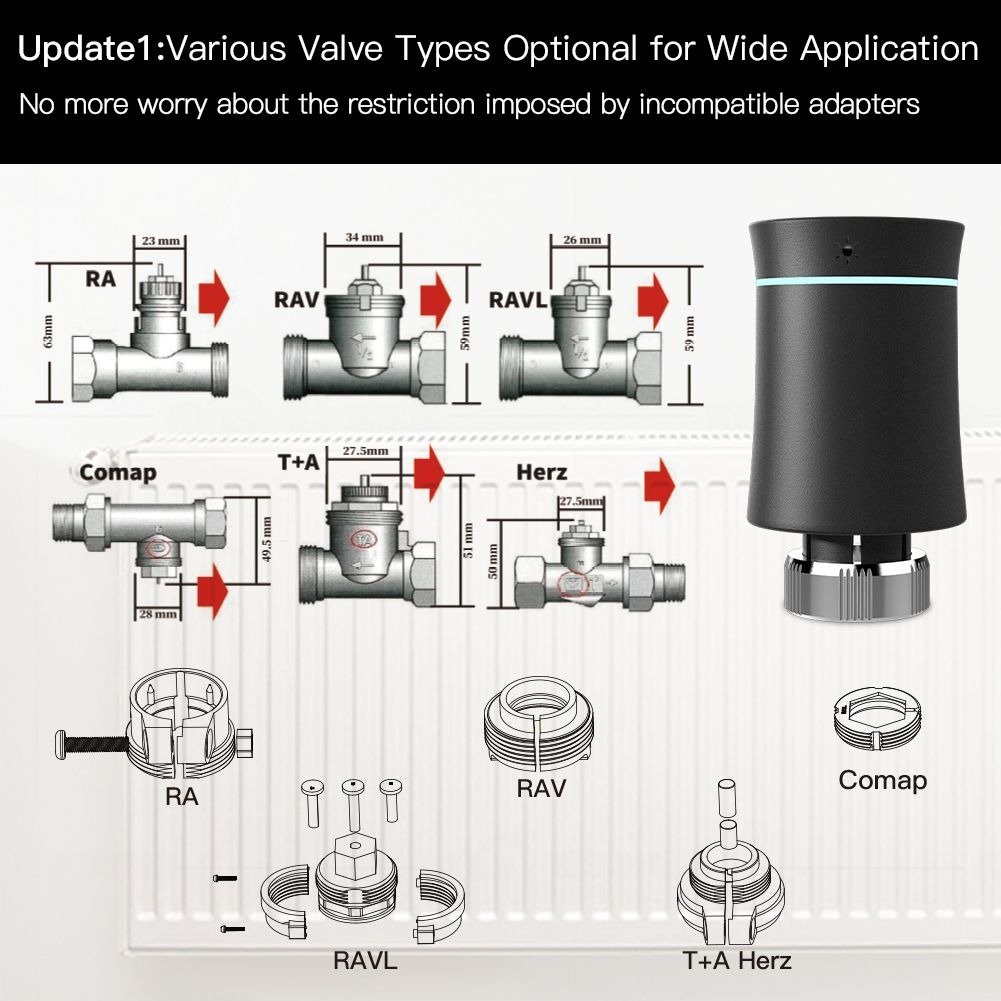Struggling to keep your home warm without wasting energy? Poor temperature control can lead to chilly rooms or sky-high bills, leaving you frustrated. The good news? A radiator thermostatic valve offers a simple fix, automatically adjusting heat to save money and keep you cozy—read on to see how it works and why it’s a game-changer.
A radiator thermostatic valve (TRV) works by sensing room temperature and adjusting the hot water flow into your radiator. Inside, a wax or liquid-filled sensor expands or contracts with heat changes, moving a pin to open or close the valve. This keeps your room at a steady temperature without manual tweaks.
Curious about the details? Stick around—we’ll break down how these valves operate, how to use them, and why they’re a must-have for efficient heating.

How Does a Radiator Actuator Work?
Let’s dive into the heart of a thermostatic radiator valve—the actuator. This little device is what makes the magic happen. Inside the actuator, there’s a capsule filled with wax or liquid that reacts to the room’s temperature. When it gets warmer, the stuff inside expands, pushing a pin that closes the valve a bit. This slows down the hot water flowing into your radiator, so the room doesn’t overheat. If it’s too cold, the capsule shrinks, the pin pulls back, and more hot water flows in to warm things up. It’s like having a tiny thermostat right on your radiator! Brands like Danfoss use this tech in their radiator thermostats—check a Danfoss radiator thermostat manual for specifics. At IVALVECRAFT, our brass thermostatic radiator valves are built with this reliable system, ensuring high quality and stable performance for wholesalers and construction projects across Russia, Poland, and the UK.
How to Control the Temperature of a Steam Radiator?
Steam radiators can be tricky—they’re either blasting heat or leaving you shivering. A thermostatic radiator valve (TRV) can tame that beast. Unlike old-school manual valves, a TRV lets you set a specific temperature. You just turn the dial to a number—say, 3 for about 20°C (68°F)—and the valve does the rest. It senses the air around it and adjusts the steam flow. Too hot? It cuts back. Too cold? It opens up. This is super handy for big buyers like DIY chain supermarkets or building material wholesalers who need consistent heating solutions. Wondering about brands like Danfoss? Their Danfoss radiator thermostat how to use guides show similar steps—set the dial and let it balance the heat. With IVALVECRAFT’s valves, you get that same control, plus enough flow rate to keep any space comfy, whether in Germany or Romania.
How to Adjust a Thermostatic Radiator Valve?
Adjusting a thermostatic radiator valve is easier than you think! Start by finding the dial on the valve—it’s usually numbered from 0 to 5. Zero means off, and 5 is max heat, around 28°C (82°F). Pick a number that feels right—2 or 3 is a good start for most rooms (16-20°C or 61-68°F). Turn the dial until it clicks to your choice. If it’s a Danfoss model, the Danfoss radiator thermostat symbols might show a snowflake for off or a sun for full heat—check a Danfoss radiator how to use guide if you’re unsure. Give it a few hours to settle; the valve will tweak the water flow as the room warms or cools. For our IVALVECRAFT customers—like purchasing officers in the Czech Republic or UK construction projects—this means precise control with minimal fuss. High-quality brass and stable export pressure make it a breeze to adjust and rely on.
Summary
Radiator thermostatic valves are your ticket to easy, efficient heating. They work by sensing temperature changes and adjusting water flow with a clever actuator, saving energy and keeping rooms just right. You can control steam radiators or tweak settings with a simple dial twist—perfect for anyone from Poland to Germany. Whether you’re a wholesaler or a procurement officer, these valves solve heating headaches.
Choose IVALVECRAFT, choose reliable partner, enjoy the high quality and best service.


